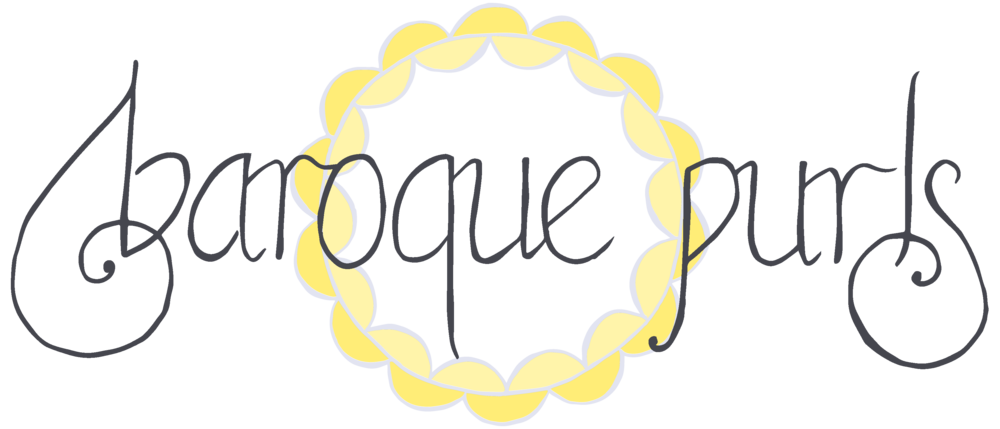I've teamed up with nine other knit and crochet designers and five indie dyers to produce a collection of summer accessory patterns, the Progress, Hope, and Happiness collection. My contribution is the Budburst shawl, a profusion of leafy lace in a pretty speckled yarn which was dyed specially for the occasion (you can find out all about it in my previous post).

One of the designers, Denise Voie de Vie, created a beautiful look book for the collection. You can read about the inspiration behind the event and our journey in putting it all together on Denise's blog here and here. The designs are individually published by each designer, but you can see the whole collection here on Ravelry: Progress, Hope, and Happiness Designs.
I'm co-hosting a Makealong on Ravelry for these designs from June 1st to July 16th, complete with prizes and even some surprises. I hope you'll join us!
These are a few of my favourites from the collection (all links are to Ravelry pattern pages):

Breeze of Happiness by Tanja Osswald

Dusk On TheMoor Shawl by Solène Le Roux

Chiguroo by Lana Jois

From Dusk To Dawn by Christelle Nihoul
This has been so cool to be a part of, and the Makealong is just beginning! Hope to see you over in the Ravelry group. :)


























